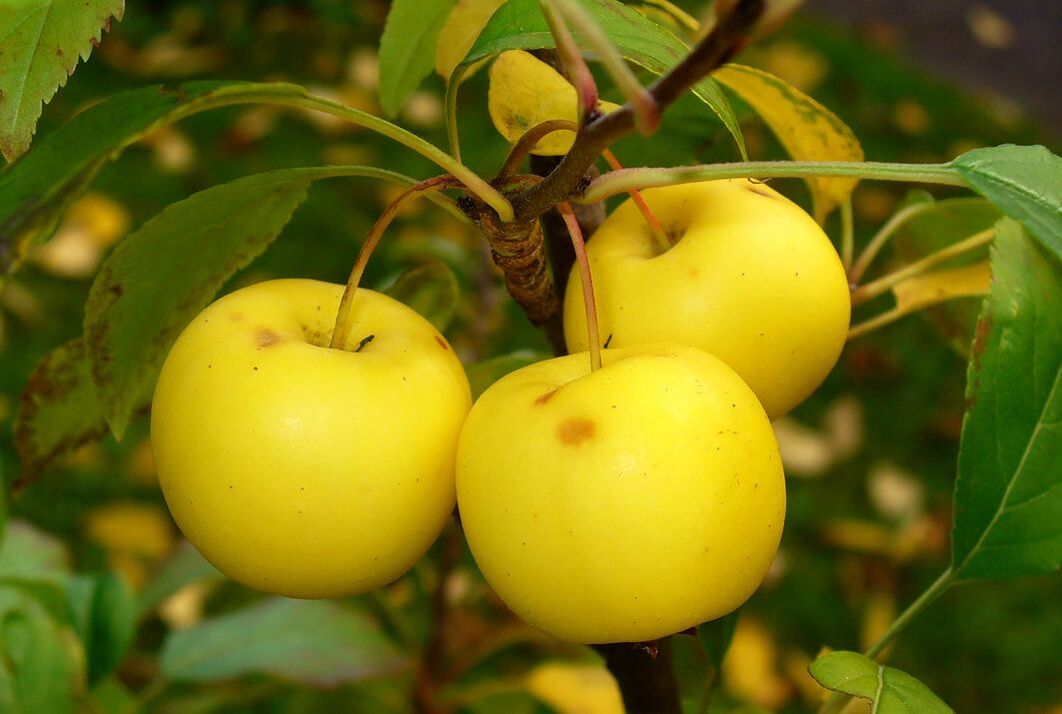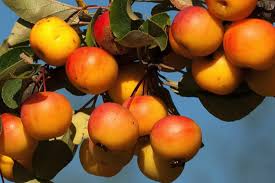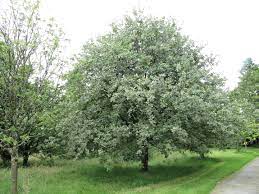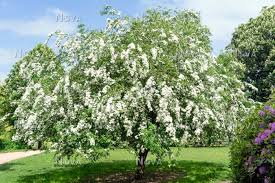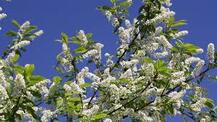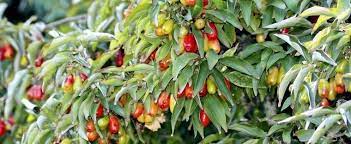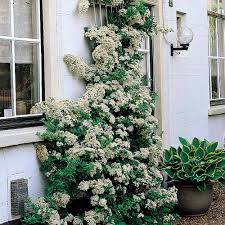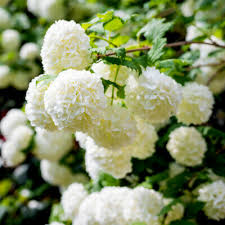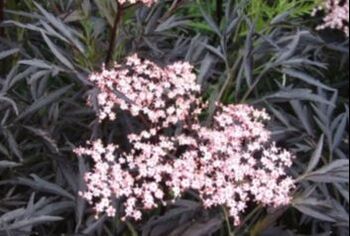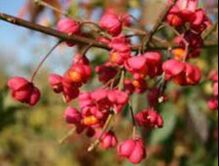What is a berry?
A berry is a fleshy fruit that has many seeds. They stem from a single flower with a single ovary. Tomatoes, cucumbers and bananas are technically berries, but surprisingly, strawberries and raspberries are not. In fact Strawberries have the confusing term ‘accessory fruit’ and Raspberries are ‘Aggregate fruit’. There are other terms (Drupes which include Cherries and plums, and Pomes which include apples and hawthorn) but for the purposes of this article, I will use the term berries and fruits as they are used in general terminology.
Berries and fruits are the cunning way in which plants employ animals to distribute their seeds. A plant uses a large amount of its energy to produce fruit, but the high sugar and vitamin content makes the fruit irresistible to many species, in particular birds. Whilst the juicy flesh is digested, very often the seed passes right through the bird. Often this is some distance from the parent tree, so the plants seeds become dispersed.
So if we want an attractive and colourful garden and we also enjoy watching and helping birds then planting shrubs and trees that have colourful fruit is a great idea.
Whilst many people enjoy putting out bird feed on a table for wild birds, it is important to provide them with other more natural sources of food too if we can. Berries and fruit are rich in vitamins and antioxidants, all good for health. Having a selection of fruiting plants around the garden will help to encourage birds into the garden, some of whom may be too shy to visit feeders.
Berries and fruits are the cunning way in which plants employ animals to distribute their seeds. A plant uses a large amount of its energy to produce fruit, but the high sugar and vitamin content makes the fruit irresistible to many species, in particular birds. Whilst the juicy flesh is digested, very often the seed passes right through the bird. Often this is some distance from the parent tree, so the plants seeds become dispersed.
So if we want an attractive and colourful garden and we also enjoy watching and helping birds then planting shrubs and trees that have colourful fruit is a great idea.
Whilst many people enjoy putting out bird feed on a table for wild birds, it is important to provide them with other more natural sources of food too if we can. Berries and fruit are rich in vitamins and antioxidants, all good for health. Having a selection of fruiting plants around the garden will help to encourage birds into the garden, some of whom may be too shy to visit feeders.
Which plants to choose?
If you have a garden, choosing trees and shrubs to grow that produce berries are not only good for wildlife but look very attractive and can keep a garden colourful for weeks. A selection of different berries will appeal to different birds. Birds such as blackbirds and Redwings are able to eat crab apples, whereas Elderberries are perfect for the smaller birds such as black caps. In addition, some keep for longer on the tree so spread the food source over several weeks. Holly berries tend to last well and so are available late into the winter. Yellow berries also last longer, possibly as they are less tasty or that evolution has told birds to go for the red (ripe) fruit first. They do however give a food source once the red berries have gone, and look very attractive too. If you can have several shrubs or trees, then a selection of species ensures that most years you will get a reasonable crop of berries even if late frosts, insects or disease damaged some of the flowers earlier in the year. So for example, in a year poor for crab apples, hopefully you will have Rowan (Mountain ash) instead.
Crab Apple |
Mountain Ash (Sorbus aucuparia) |
|
You can choose from the wild crab apple (Malus sylvestris), which is great in native woodlands and hedgerows, or one of the many ornamental varieties, which are some of the best ornamental small garden trees. Varieties such as Malus ‘Everest’, M. ‘Red Sentinel’, M. ‘Gorgeous’ and M. ‘Butterball’ are just a few. Domestic apple trees are liked by Crows and Magpies, if you don’t mind sharing some fruit.
Whitebeam (Sorbus aria)Closely related to Mountain ash has red berries
Other trees...Other trees that you may like to consider are the fast growing Bird Cherry; (Prunus padus) that has small black fruit. This tree does not sucker like wild cherry, Snowy Mespilus; (Amelanchier lamarkii) an ideal small shrubby garden tree. Pretty and useful, Holly; (Ilex var.) Only female plants produce berries but male and female plants are needed. Cornelian Cherry (Cornus mas), this is not a cherry but related to the dog woods.
All fruiting cherries (Prunus sp.) Both wild and domesticated are loved by birds, so maybe plant one especially for them. Wild cherry trees are fast growing and quite large. |
This native tree is very hardy and grows in most sites. Beautiful red berries in autumn. The variety ‘Joseph’s Rock’ has lovely golden fruit, which look wonderful against the reddish autumn foliage.
Hawthorn (Crataegus monogyna)Another native tree that can support more than 300 species of insects (Woodland trust) as well as providing berries (Haws) for birds such as thrushes. It is our most commonly planted hedgerow plant, however frequent cutting means that very often it is not allowed to flower and berry. Either planting one as a tree or cutting hedges on a rotation system to allow some to produce berries each year will be helpful to so many species. C. ‘Pauls scarlet’ is a red flowered species.
|
Shrubs that produce berries
|
Guelder rose (Viburnum opulus) & Wayfaring tree(Viburnum lantana)Are both deciduous shrubs with red translucent berries liked by thrushes. Evergreen varieties such as Viburnum tinus provide berries and also nest sites and weather protection.
|
Elderberry (Sambucus)
A native worth growing if you have a fairly wild area as it can be a bit straggly. You could share the flowers with wildlife and make Elderflower champagne or cordial with some of them. Or you could go for one of the very attractive dark leafed varieties such as S. nigra ‘Black Lace’.
Other options....
You could also plant Chokeberry ( Aronia melanocarpa), Oregan grape (Mahonia aquifolium) very easy ,Dogwood (Cornus sanguinea), Useful garden plants that provide colourful stems in the garden in winter but also some fruit for wildlife. Honeysuckle (Lonicera periclymenum). Barberry (Berberis sp.) There are both evergreen varieties such as B.darwinii, and deciduous B. thunbergii which have lovely autumn foliage. They are easy to grow but prickly, although this does make them good nest sites. Spindleberry (Euonymus Europaeus) is a native but the variety ‘Red cascade’ produces more fruit. They are bright which later expose orange seeds.
Ivy (Hedera) is very nutritious for birds (although poisonous to us), It flowers in Autumn so provides provides nectar for insects when there are less other flowering plants in the hedgerow. It also provides valuable cover for birds and insects to shelter or nest in so is worth making space for.
It is possibly true that those berries that last the longest on the plants are those least liked by birds however, they do provide nourishment when everything that is more tasty has gone. If you have the space, many of our domesticated fruiting bushes are loved by birds, (which isn’t great for your harvest). But maybe you could cultivate a fruit garden just for the birds and include red and black currants, raspberries, blackberries and gooseberries.
Ivy (Hedera) is very nutritious for birds (although poisonous to us), It flowers in Autumn so provides provides nectar for insects when there are less other flowering plants in the hedgerow. It also provides valuable cover for birds and insects to shelter or nest in so is worth making space for.
It is possibly true that those berries that last the longest on the plants are those least liked by birds however, they do provide nourishment when everything that is more tasty has gone. If you have the space, many of our domesticated fruiting bushes are loved by birds, (which isn’t great for your harvest). But maybe you could cultivate a fruit garden just for the birds and include red and black currants, raspberries, blackberries and gooseberries.
Beware of some berry shrubs...
Beware of some berry shrubs. Even though birds can eat them, if you have young children or dogs, then several berries are poisonous, including some mentioned above. Particularly poisonous are Yew (Taxus), Deadly and Woody nightshade.
N.B. Cotoneaster is a popular berry shrub that birds eat, however several varieties have now become invasive pests to the point where it is actually illegal to allow them to ‘escape’ from your garden. The most invasive varieties are Cotoneaster bullatus, C. simonsii , C. microphyllus and the once very frequently planted C. horizontalis. When they escape, they can take over and push out other native species.
N.B. Cotoneaster is a popular berry shrub that birds eat, however several varieties have now become invasive pests to the point where it is actually illegal to allow them to ‘escape’ from your garden. The most invasive varieties are Cotoneaster bullatus, C. simonsii , C. microphyllus and the once very frequently planted C. horizontalis. When they escape, they can take over and push out other native species.
Some advice....
If you are thinking of planting trees or shrubs then now is the ideal time to do it. Plants that are supplied as bare root (no soil, or pot), can be planted throughout the winter months unless the ground is frozen. Take care to keep bare roots damp and do not expose to drying winds or frost before they are planted. Much hedging is supplied this way. Potted plants can be planted at most times of year providing there is not frost or drought, but Autumn is a good time as the soil is warm and the plants can establish over winter with far less risk of drying out.
